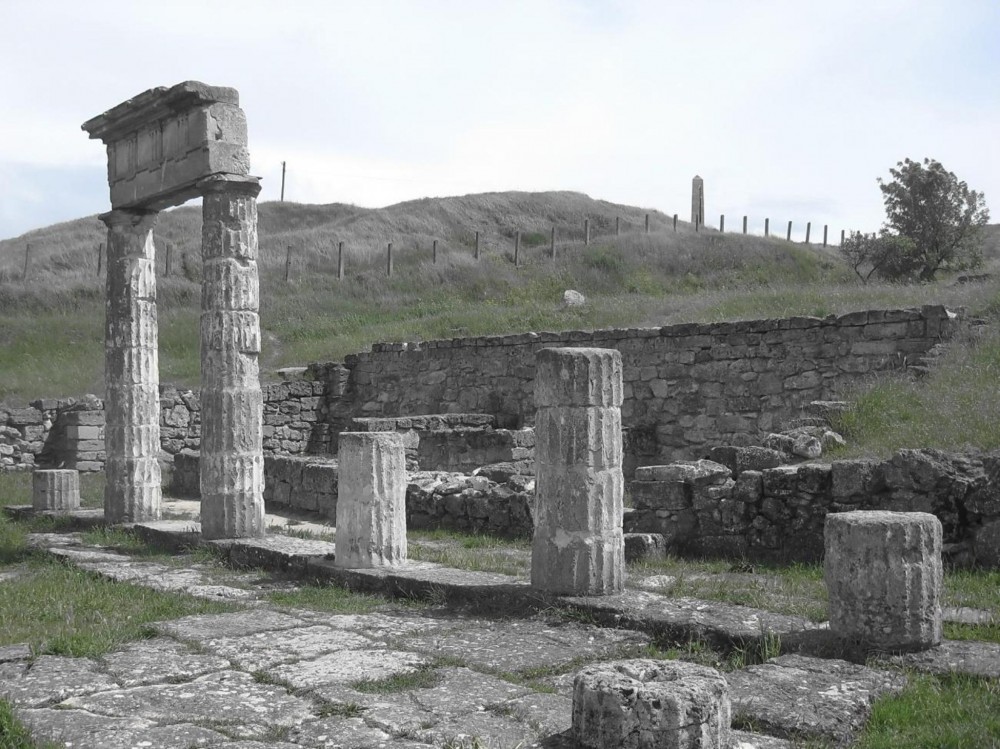
The article is devoted to the analysis and classification of 41 fishing sinkers from the suburban estates of Olbia — Shуroka Balka 6 (Broad Hollow) of the second third of the Vth — the beginning of the IIId century BC and Shуroka Balka 7 (Broad Hollow) of the late Vth — 30-ies of the IVth century BC. For today, there are no statistics and a complex typological classification of these artefacts for all periods of Olbia existence and its agricultural area. It complicates their study, the definition of its functional purpose, the creation of an appropriate typology, as well as does not contribute to improving the classification of fishing gear, the study of processes, methods, features of fishing in specific regions. In addition, the functional purpose of some types of sinkers is still controversial. Sinkers found on the estates differ from each other in material and means of manufacture. An additional indicator of sinkers is their shape. An essential feature for determining the functional purpose is weight. According to the criteria mentioned, they were divided into four conditional groups. The first one is ceramic sinkers, made of auxiliary products (walls of amphorae, from lids of vessels, pallets of black-lacquered kiliks). The second one is ceramic sinkers, made in molds and molded (rounded, disc-shaped, pyramidal, balls with a hole). The third one is stone sinkers (disc-shaped, annular, quadrangular). Fourth one is lead sinkers (cone-shaped, circular). We would like to mention a rare ceramic sinker made of graffiti in the form of tuna. The answer to the question of the practical use of sinkers from estates should be found in the interdisciplinary space and analysis of the relationship of specific fishing gear with the characteristics of the relevant water area and fish species, which have developed over millennia.
Source: Papanova V., Lyashko S. (2021). Fishing gear found in suburban estates of Olbia. Eminak: Scientific Quarterly Journal. 1(33): 188-203
Source web-site: https://eminak.net.ua/index.php/eminak/article/view/501/323
Number of views: 1806